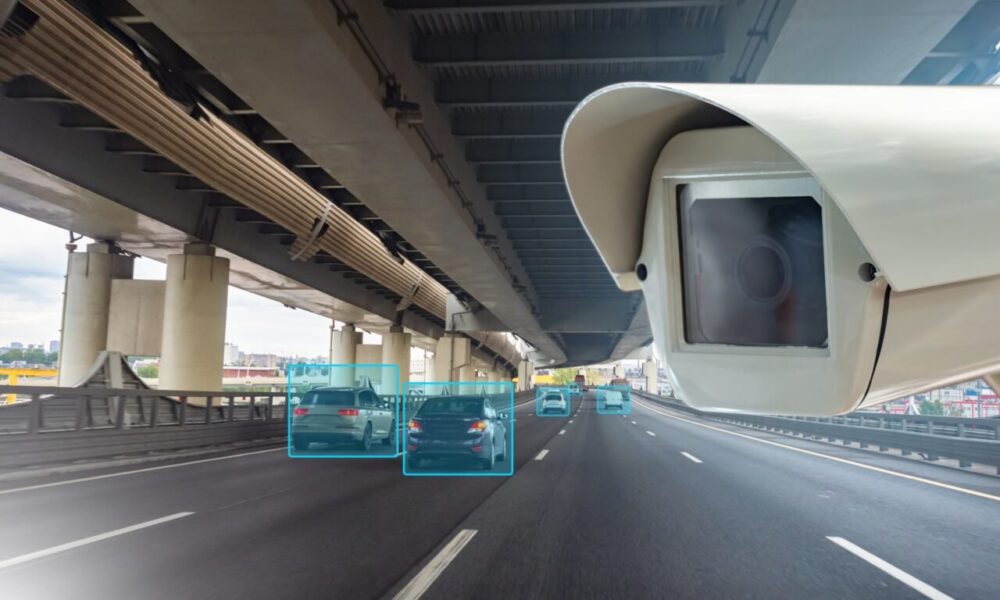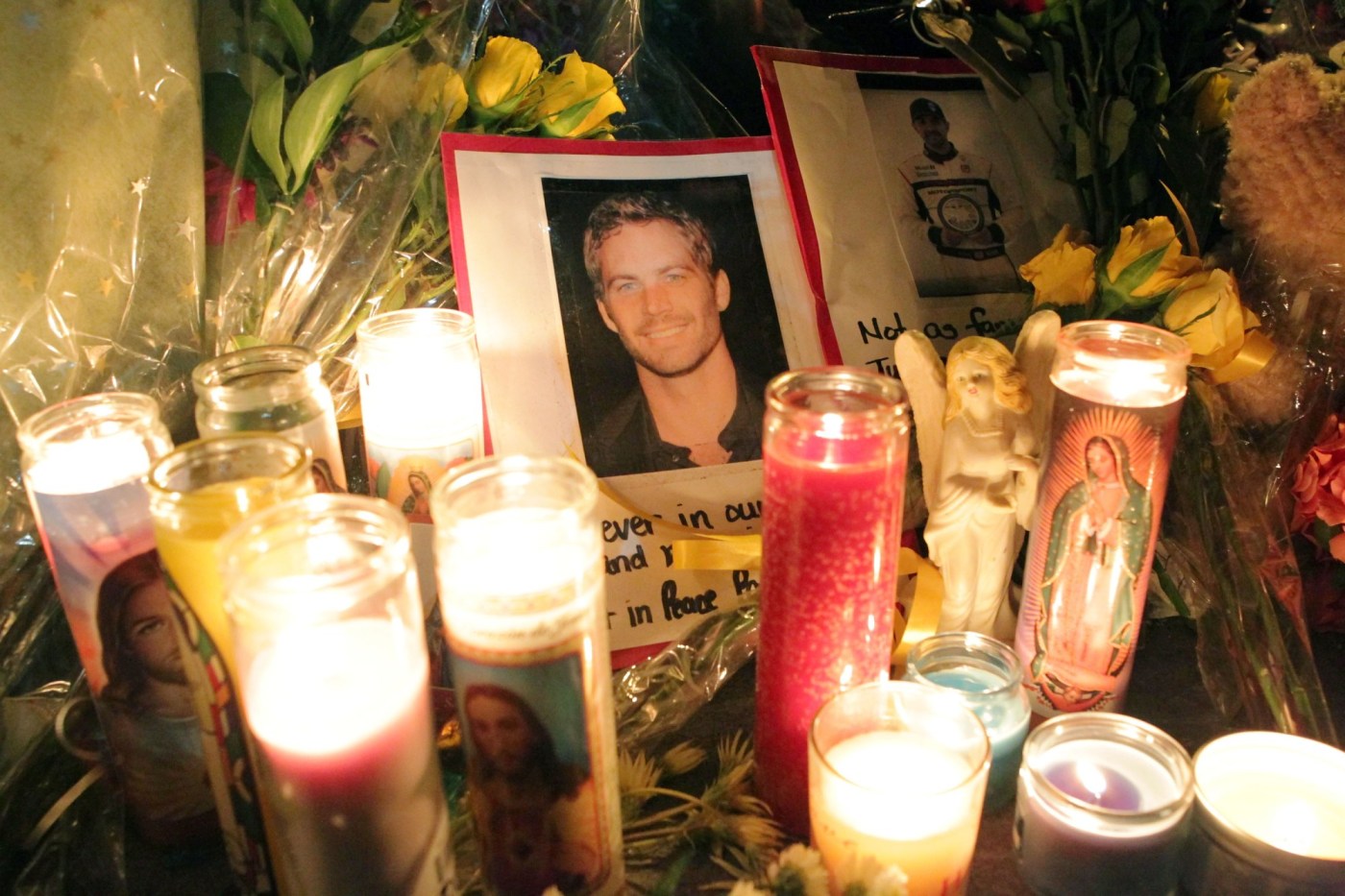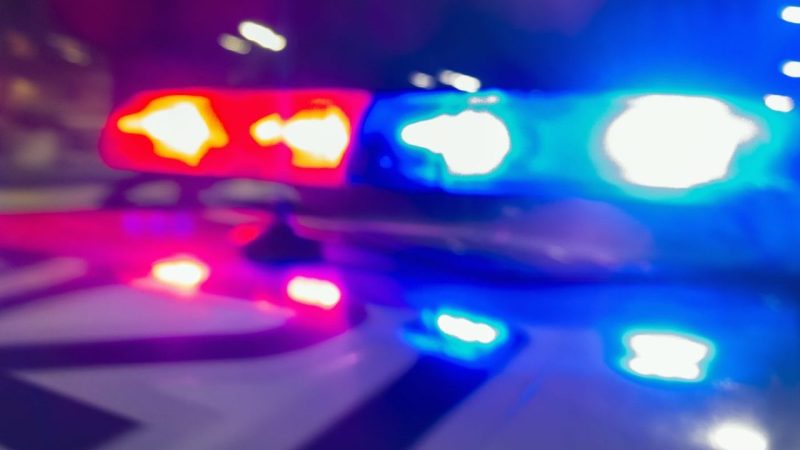UPDATE: Millions who participated in the “No Kings” protests this past weekend may be facing serious surveillance risks, putting their privacy at stake. An estimated 7 million people marched in cities across the United States, including Los Angeles and New York City, where officials confirmed zero protest-related arrests.
Despite the peaceful nature of these events, rhetoric from political leaders has intensified. Speaker of the House Mike Johnson labeled the protests as “hate America” rallies, while Secretary of Transportation Sean Duffy suggested they are funded by “dark money,” linking them to antifa. This political climate raises alarms as the Trump Administration recently issued an executive order aimed at “identifying and disrupting financial networks” associated with what they deem “domestic terrorism.”
Ryan Shapiro, executive director of Property of the People, voiced concerns to Gizmodo, stating,
“The Trump regime would have us believe that somehow peaceful, pro-democracy protesters are terrorists for daring to defy the fascist takeover of this country.”
He emphasized the real threat lies with those in power undermining constitutional rights.
As individuals reflect on their participation in these protests, they must be aware of potential surveillance methods used by law enforcement. If you drove to the protest, your vehicle may have been recorded by automated license plate readers (ALPRs) positioned throughout major cities. These systems can track vehicles both through fixed cameras and police cruisers scanning for license plates near protest sites.
For those using public transit, paying with cash offers more privacy compared to apps linked to your identity. However, your phone can create a digital trail. Even if you turned your phone to airplane mode, apps can still store GPS data to be transmitted once reconnected to the internet. The Electronic Frontier Foundation (EFF) warns that law enforcement can track mobile devices, potentially using “stingrays” that mimic cell towers.
Moreover, sharing images from the protests online can further expose participants to surveillance. The EFF advises individuals to blur faces in photos before posting, as images can be utilized by the Department of Homeland Security and U.S. Immigration and Customs Enforcement. The risks escalate if individuals do not adhere to privacy protocols, as their images could easily be captured by onlookers or even police drones.
Law enforcement also has access to advanced technology like Clearview AI, which scans millions of images to identify individuals, a practice banned in several states. Furthermore, reports suggest that data firm Palantir is collaborating with the Trump Administration to compile a comprehensive database of Americans, raising serious ethical concerns.
As this situation develops, it becomes clear that protestors need to be vigilant about their digital footprints. The implications for privacy and civil liberties are significant, with the potential for increased surveillance leading to a chilling effect on free expression.
Next Steps: Protesters should reassess their online behaviors and consider using privacy tools to safeguard their identities. Awareness and education on the risks of surveillance are crucial as the political landscape shifts. The need for transparency and accountability in government actions has never been more urgent.
Stay tuned for more updates on this evolving situation as authorities continue to monitor and respond to public dissent. The landscape of protest and surveillance is changing, and understanding these dynamics is vital for safeguarding democratic ideals.







